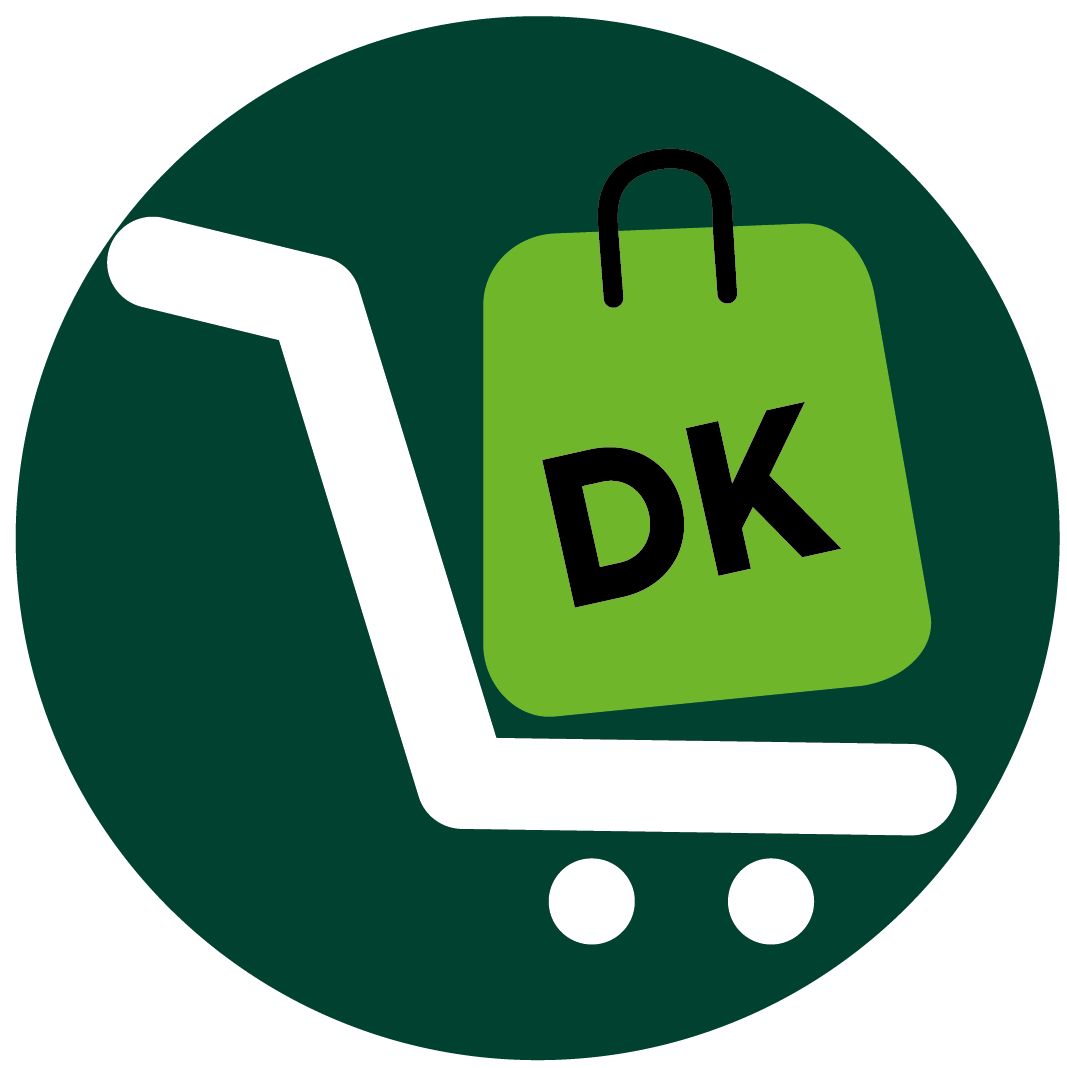Beauty entrepreneur! Ever dreamed of diving into the thriving world of hair products without the hassle of managing inventory? Well, welcome to the universe of dropshipping hair products – where you can turn that dream into reality. Picture this: running your own online haircare haven without the need for a warehouse. Intrigued?
Buckle up as you take a stroll through the art of dropshipping hair products – a game-changing method that allows you to curate, sell, and flourish in the beauty industry without the logistical headaches. From choosing the perfect products and setting up a dazzling online store to mastering the nuances of marketing and staying legally savvy – consider this your backstage pass to a glamorous journey in the realm of virtual haircare. So, grab your styling tools and embark on this exciting adventure together!
1. Understand dropshipping
2. Choose the right hair products
3. Set up your online store
4. Marketing and branding
5. Legal considerations
Summary
1. Understand dropshipping
Dropshipping is a game-changer. Understanding this retail fulfillment method is akin to unlocking a key to business efficiency. With dropshipping, you don’t stock products; instead, you partner with suppliers who handle storage and shipping. This liberates you from inventory management complexities, reducing upfront costs and logistical challenges.
The process is seamless: customers place orders on your online store, and your chosen suppliers fulfill and ship directly to them. This model allows for flexibility, as you can offer a wide array of products without the burden of warehousing. However, success hinges on strategic supplier selection, timely communication, and maintaining a reliable supply chain. Mastering dropshipping is like orchestrating a symphony – harmonizing product selection, supplier relationships, and customer satisfaction to create a seamless and profitable melody in the world of online retail.
>>>PRO TIPS – Best Dropshipping Products AliExpress
2. Choose the right hair products
Before you start adding products to your store, it’s imperative to comprehend the nuances of your niche within the haircare industry. Haircare is diverse, encompassing everything from shampoos and conditioners to styling tools and extensions. Identify the specific niche or sub-niche you want to cater to – whether it’s natural haircare, curly hair products, or extensions for various styles.
Embark on a journey of market research to unearth trends, preferences, and gaps in the market. Investigate what’s hot and what’s not in the world of haircare. Are consumers leaning towards organic and natural ingredients? Do they crave specialized products for unique hair types or textures? Stay ahead of the curve by aligning your product offerings with the evolving demands of your target audience.
Your product selection should harmonize with the needs and desires of your target audience. Consider factors like age, gender, hair type, and lifestyle. For instance, a line of anti-frizz products might resonate well with individuals battling humidity, while a range of color-safe products could cater to those who frequently dye their hair.
In the realm of haircare, quality reigns supreme. Partner with suppliers who provide high-quality products that deliver on their promises. Look for ingredients that promote hair health, and consider the sourcing and production practices of your suppliers. Authenticity and transparency build trust with customers, making them more likely to return for repeat purchases.
The heart of your dropshipping operation lies in your suppliers. Choose partners who share your commitment to quality, reliability, and customer satisfaction. Research potential suppliers thoroughly, looking for reviews, certifications, and any red flags. Establish clear communication channels and ensure they can meet your demand while maintaining consistency in product quality.
3. Set up your online store
Dive deeper into the process of setting up your online store for dropshipping hair products. This involves a mix of technical considerations, design choices, and strategic planning.
Choose a Platform
Selecting the right platform is akin to choosing the foundation for your virtual storefront. Popular e-commerce platforms like Shopify, WooCommerce (on WordPress), and BigCommerce offer user-friendly interfaces and a range of customization options. Evaluate their features, scalability, and ease of use to determine the best fit for your business.
Shopify
Known for its simplicity, Shopify is a great choice for beginners. It provides a variety of themes, a secure checkout process, and integrates seamlessly with many third-party apps and plugins.
WooCommerce
If you prefer the flexibility of WordPress, WooCommerce might be your go-to. It allows for extensive customization and integrates well with various WordPress themes.
Customization and Branding
Themes
Choose a theme that aligns with the aesthetics of your brand. Consider clean layouts, easy navigation, and mobile responsiveness.
Logo and Branding Elements
Incorporate your logo and brand colors consistently throughout the site for brand recognition.
Intuitive Navigation
Ensure that your website is easy to navigate. Categorize products logically, and use clear, concise menus to guide visitors.
Product Listings
Detailed Descriptions
Craft detailed and engaging product descriptions. Highlight key features, ingredients, and benefits. Anticipate customer questions to address them proactively.
High-Quality Images
Invest in high-resolution images showcasing your products from various angles. Visual appeal is critical in the beauty industry.
Pricing Transparency
Be transparent about pricing. Clearly display product costs, shipping fees, and any additional charges to build trust with your customers.
Pricing Strategy
Cost Consideration
Factor in product costs, shipping fees, and transaction fees. Ensure your pricing allows for a healthy profit margin.
Competitive Analysis
Research competitors to understand the market pricing. Aim to be competitive while offering unique value.
Security Measures
SSL Certificates
Ensure your website has SSL (Secure Socket Layer) certification, displaying a padlock in the address bar, indicating a secure connection.
Payment Gateways
Choose reliable payment gateways that offer secure transactions. Options like PayPal, Stripe, and others are commonly used.
>>>GET SMARTER – How to Rank Your Product on Amazon’s First Page
4. Marketing and branding
Creating a Unique Brand Identity
Building a strong brand identity is the cornerstone of your dropshipping venture. Your brand is not just a name; it’s an experience. Consider these elements:
Brand Name and Logo
Choose a memorable brand name and design a distinctive logo. These elements will be the face of your brand, making them crucial for recognition.
Tagline and Mission Statement
Craft a tagline that encapsulates your brand essence. Develop a mission statement that reflects your brand’s values and purpose.
Visual Consistency
Maintain consistency in visual elements across your website, social media, and marketing materials. Consistency builds recognition and trust.
1. Social Media Presence
Social media is a powerhouse for marketing in the beauty industry. Create a vibrant online presence:
Platform Selection
Choose platforms that align with your target audience. Instagram, Facebook, and Pinterest are popular choices for beauty and fashion.
Engaging Content
Share visually appealing content showcasing your hair products. Leverage the power of images and videos to highlight product benefits and usage.
2. Content Marketing
Become a source of knowledge and inspiration for your audience through content marketing:
Blog Creation
Start a blog on your website. Share informative articles on haircare tips, trends, and product reviews. Position yourself as an authority in the industry.
Email Marketing
Build a subscriber list and engage with your audience through newsletters. Share exclusive offers, new product launches, and valuable content.
3. Paid Advertising
Facebook Ads
Utilize Facebook’s robust advertising platform to reach specific demographics. Experiment with different ad formats to find what resonates.
Google Ads
Leverage Google Ads to capture users actively searching for haircare products. Use keywords relevant to your niche.
4. Adapting to Trends
Stay attuned to industry trends and incorporate them into your marketing strategy:
Sustainability
If sustainability is a trend in the beauty industry, highlight any eco-friendly aspects of your products or packaging.
Seasonal Campaigns
Tailor marketing campaigns to align with seasonal trends, such as summer haircare or winter hydration.
5. Customer Engagement and Feedback
Responsive Customer Service
Provide prompt and personalized customer service. Address inquiries, concerns, and feedback with empathy.
Product Reviews and Testimonials
Encourage customers to leave reviews and testimonials. Positive feedback serves as social proof for potential buyers.
5. Legal considerations
In the intricate dance of dropshipping hair products, legal considerations are the unsung orchestrators of a successful business venture. Begin by securing your business foundation through proper registration, selecting an appropriate legal structure, and obtaining a Tax Identification Number (TIN). Protect your brand by trademarking your name and logo, and navigate intellectual property waters with care, ensuring that your product labels and descriptions steer clear of infringement.
Crafting robust terms and conditions and a privacy policy adds a layer of transparency, fostering trust with customers. Establish clear agreements with suppliers, outlining product quality, delivery terms, and liability aspects. Online compliance, including adherence to data protection laws like GDPR, is paramount, as is ensuring your website’s accessibility.
Regularly update legal documents to reflect changes in regulations, and stay informed about evolving laws that might impact your e-commerce enterprise. Implementing a dispute resolution clause in contracts helps mitigate potential conflicts. Seek legal advice when needed to ensure your dropshipping journey is not only glamorous but legally sound, laying the groundwork for sustainable success in the competitive world of beauty e-commerce.
Summary
Dropshipping hair products requires a combination of strategic planning, effective marketing, and operational efficiency. By carefully navigating the various elements involved, you can establish a successful online store in the thriving beauty industry.














